Silent Sundays
This week: Ropesight; Migration; Toothache; Garden smells;
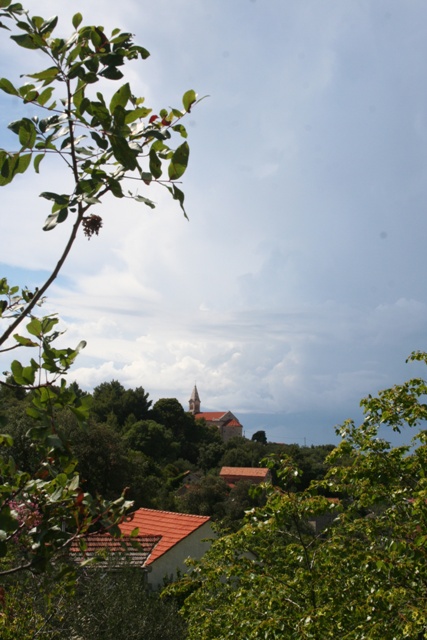
I think these are the best two weeks of the year, the weeks either side of midsummer.
Here in the south eastern corner of Europe, CEST – Central European Summer Time, sunrise is 05:14 and sunset is 20:40 so we have long light filled days and short, warm nights.
Officially twilight is from 22:00 to 03:52. Certainly when I am up around 05:00 it is full daylight, and the evenings seem to go on for ever.
Tomorrow, Sunday is the northern Summer Solstice, but it will only be a few short weeks before there is a decrease in day length, most noticeable in the evenings when they start to draw in.
So I am making the very best of all this extended daylight.
Ropesight
I was only half awake last Sunday when I heard the bells at St. Michael’s Church on the promontory between the two villages.
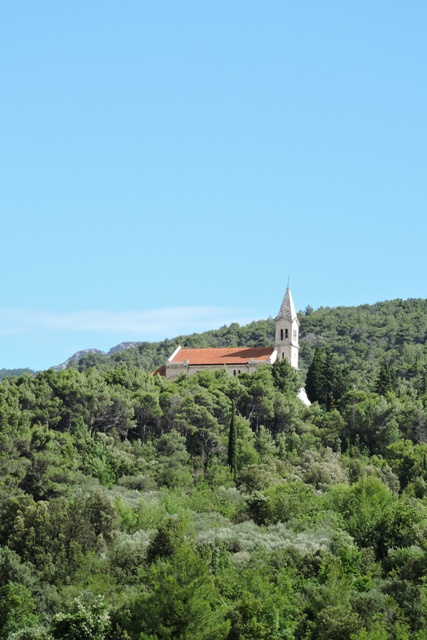
I used to ring as part of the team of ringers at my Parish Church way back when, in the UK.

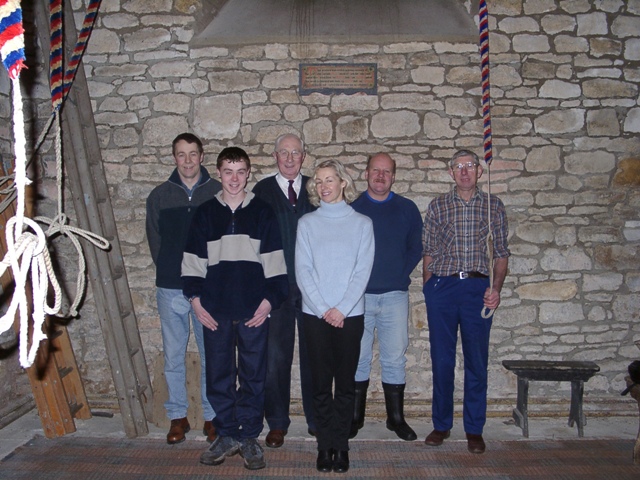
I still have my very old instruction book, called simply Ropesight – the technique of change ringing bells.
This is the quintesential sound that you will hear across England (COVID permitting) on Sundays, and often on Tuesday evenings, the tower’s practice night.
Although bell ringing is practiced in a number of countries, it is far from universal.
I have been up the tower at St Michael’s, where there are six bells hung, but although it would be possible to change ring, here the bells are rung on top of each other.
To me it is just a cacophony of noise rather than the tuneful and melodic sound of English Church bells, even if ringing in plain rounds.
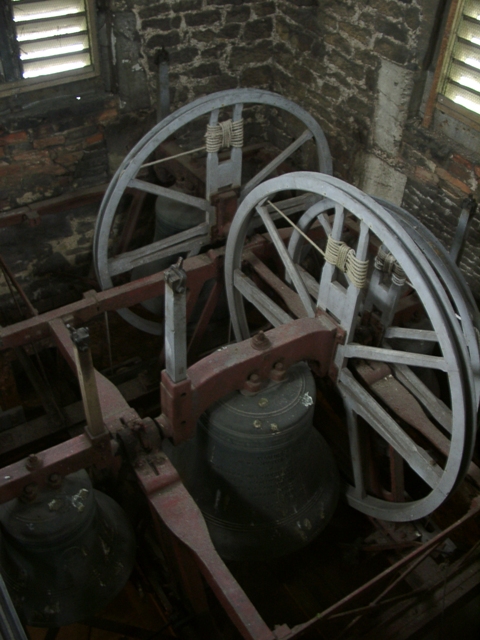
That is when the bells are rung in descending order of their pitch from the tenor to the treble. I was never very good at even the simple Plain Bob Minor, let alone ringing a quarter peal.
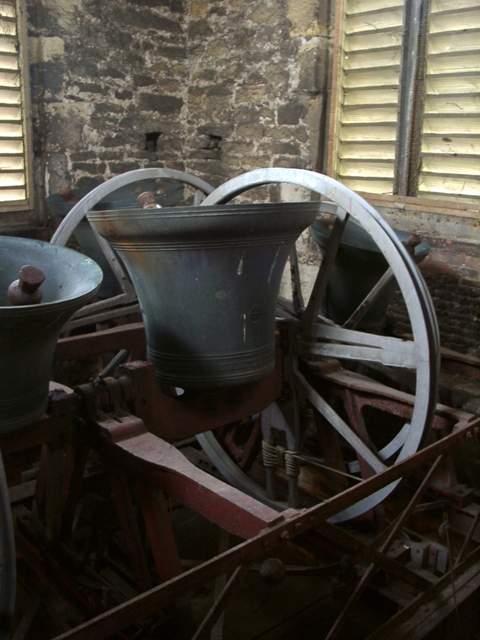
The bells at St Michael’s are there to perform the same purpose; to call the faithful to Church. So when half an hour later there was another peal of ringing, I realised the day must be a religious festival.
Then I remembered that Thursday had been Corpus Christi, so the Sunday after is Corpus Christi Sunday. The ringing went on sporadically until the mid-day peal and service.
Sipping my coffee with the windows open what struck me was the complete absence of man made noise.
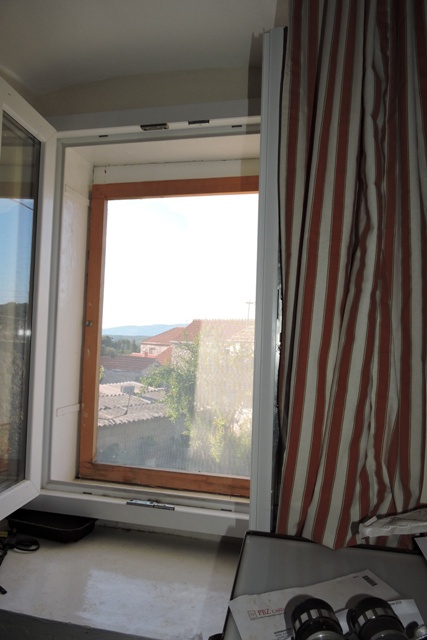
There were birds a plenty, a Hoopoe with its burbling call was close by, Swallows were wheeling and screaming around my home, a Golden Oriole and my Blackbirds. But that was it.
No people, no traffic, no aircraft, quite simply nothing but the sounds of nature.
It was at that point that I realised it would be a “Silent Sunday”. Sunday’s are quiet days in any case, but generally in the afternoon, at a respectable time after Church, you will hear one or two people using machines.
Even so, making noise is frowned upon. But on these High Church days, they are silent Sundays.
My plans for even the modest use of a circular saw went out of the window, so I did some planning instead, and wrote my list of tasks for the week.
Migration
One of our fleeting spring visitors, the Cuckoo, Cuculus canorus, has left.
I first heard a Cuckoo calling on the 23rd April. The last I heard was around the 9th or 10th June. I don’t record the birdsong I hear every day, just the first time for my Springwatch calendar.
With birds like the Cuckoo, their call is a background sound in Spring, then suddenly they are gone.
That is just 7 weeks that they have been here, before they set off again on their migration back to the African equatorial rain forests.
Their offspring, laid in another bird’s nest will have to find its own way on the migration to Africa.
The British Trust for Ornithology has a Cuckoo tracking project. This is the map of the 2019 data.
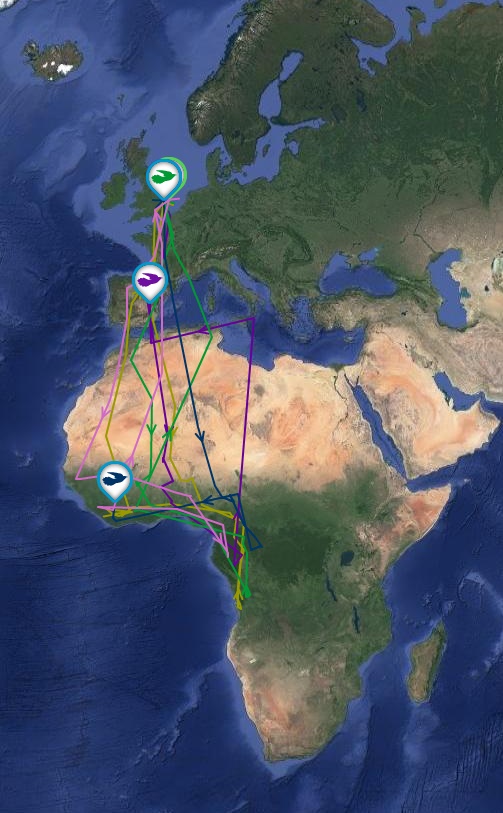
The BTO website lists the 2020 tracking so far, but no map yet.
I generally listen to the BBC on the radio while I am having my morning coffee. This week I caught the Melvin Bragg “In our Time” programme about bird migration.
It was fascinating and I learned a lot about where we are with the science around bird migration. It is available as a BBC Podcast, and if you are only even slightly interested, it is well worth downloading and listening to .
As I listen daily to the Nightingale and Golden Oriol calling, I am in awe of the twice yearly migration journeys that these and our other migrants make.
At the same time we have our winter visitors, the Robin and diminutive Wren, who come for the winter, then move north in the spring to where it is cooler to nest and breed.
Migration is very definitely a “two way street”.
Toothache
I’ve been to the vets again this week with Risha. He just stopped eating again and completely withdrew from his usual world.
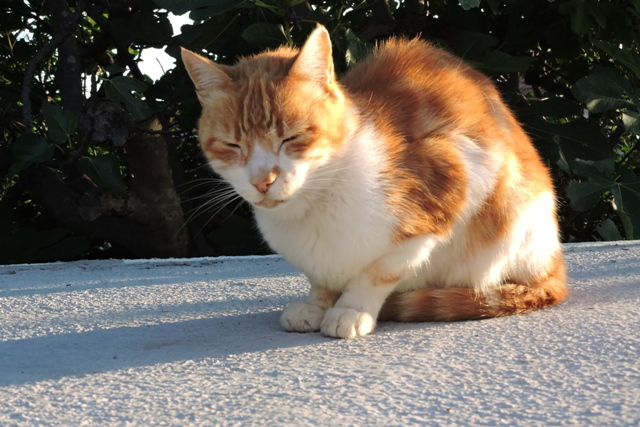
After a full examination by Dr Fabian, review of his bloods and a temperature check (I’m pleased vets don’t work in doctors surgeries!) everything was fine, so with no visible symptoms it came back to him having toothache again.
I’ve come back home with antibiotic for 8 days, vitamins and he’s still on the CBD.
The vet said it was too dangerous to operate on an old cat, he’s fifteen in a few weeks. Domestic feline jaws are weak anyway and the vet said there was more than a 50% chance that he wouldn’t survive a general anaesthetic.
So I’ve dusted off my Granny’s hand mincer.

It looks like he’s going to be on very soft food from now for a while, so the mincer will be very useful.
Ever since being a tiny kitten, Risha has loved to explore the shopping bags upon their return from the supermarket. He still does, usually escorting them from the car into the kitchen.
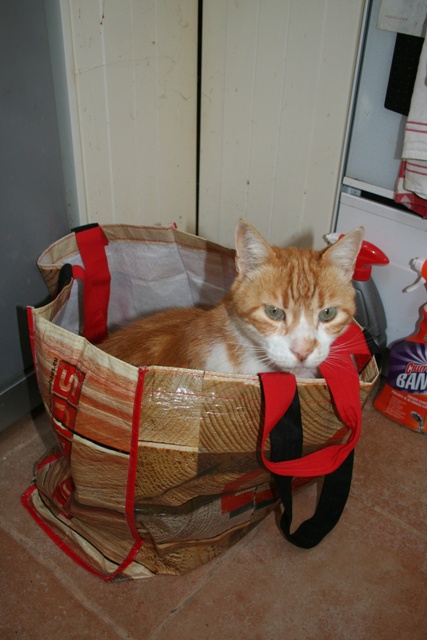
Toothache is miserable, but at least we have a lovely vet’s practice here, called Lota. The vets clearly care about their patients and do a great job.
I was told to bring him back straight away if he fails to eat or improve.
As at today, he is taking some food, not as much as usual, but it’s a start.
He’s not eating his usual favourite, Felix though. So I will be off to the supermarket in a few minutes to get some alternatives, before everything closes for the long holiday weekend.
I’ve also booked Gizmo, the kitten who appeared last October, in for a “little operation”.
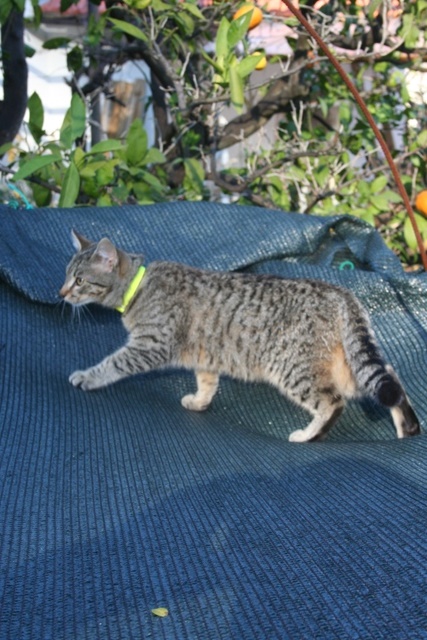
He’s made himself at home over the past 8 months but has started to take an interest in the girls in recent weeks.
Garden smells
I had an Aunt who when as a child I was out in the car with her and we passed a farm, especially when muck spreading was in process used to say, “Breathe deeply. Fresh farmyard smells.”
I have a compost heap, but it has no odour. However at the moment, there are a number of my plants which are giving off their scent.
Close to my terrace I have a large pot grown Common Jasmine, Jasminum officinale.
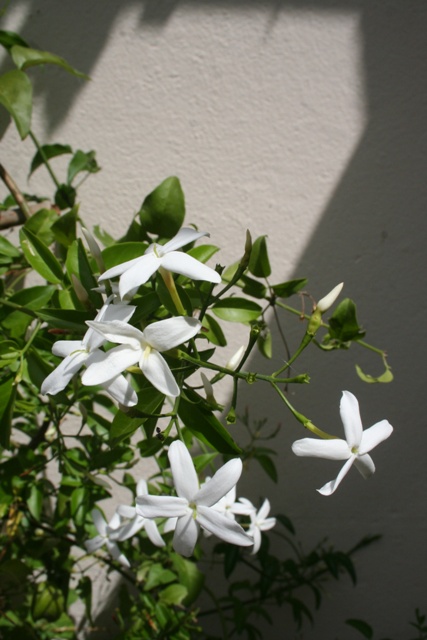
The brilliant white star shaped flowers give off a delicious scent, especially in the evening. It is also noticeable on still mornings, before the sun has risen.
Close by there is a pink flowered 4 o’clock plant, Mirabilis jalapa.

The Mirabilis is a genus of close to 30 tuberous perennials which originate from South America, but have been introduced to Europe.
Here they grow wild and can be seen on any spare land. Their distinguishing feature is that the flowers only open in the late afternoon, hence the common name, 4 o’clock plant.
In the morning, tightly closed buds, at the tip end of shoots can be seen. After being in the sun all day, the flowers start to open around 17:00.
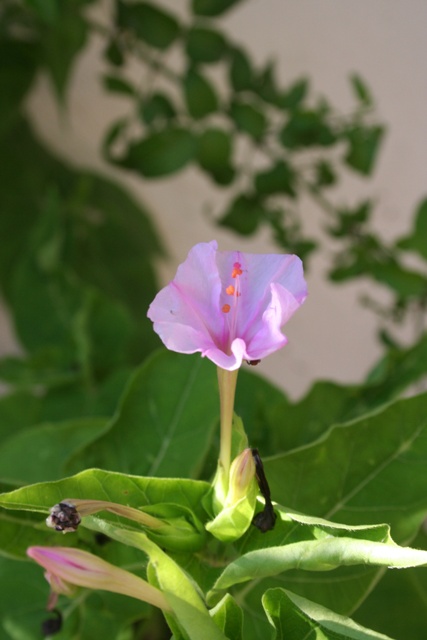
They have a scent of sweet perfume.
Being evening opening, they attract moths, especially the long tongued varieties. In Dol they are attractive to the Oleander Hawk Moth, Daphnis nerii.
This is an example from 2019 that my neighbour Steve and I found on some Ivy.
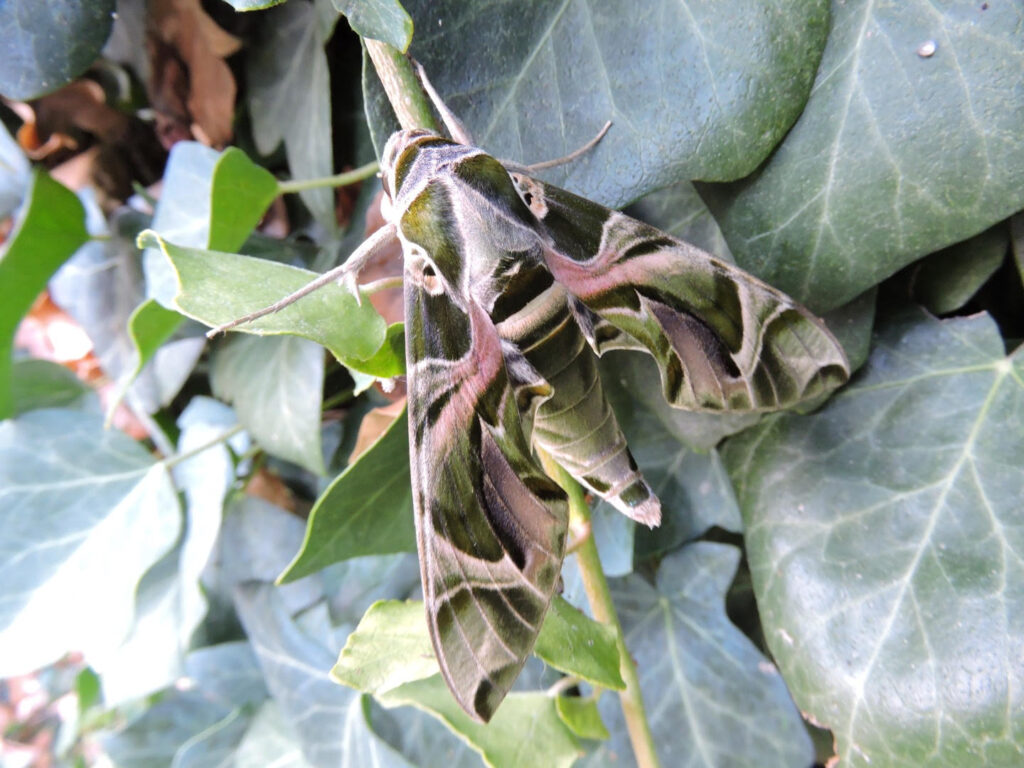
It is a very large and striking moth and is also a migrant, arriving every summer from North Africa.
As the name suggests, the caterpillars feed on Oleander plants. I have a large pink flowered example in the corner of my drupe orchard.

The Oleander has a slight scent of almond essence, but you have to be very close to the flowers to smell it.
I’ve not set out to create a scent garden, rather I have placed scented plants in pots where I will enjoy their fragrance.
I saw a large cerise flowered 4 o’clock plant on the edge of some waste ground in Stari Grad. If I’m luck this autumn, a root tuber might fall into my pocket one day when I am passing… NRC